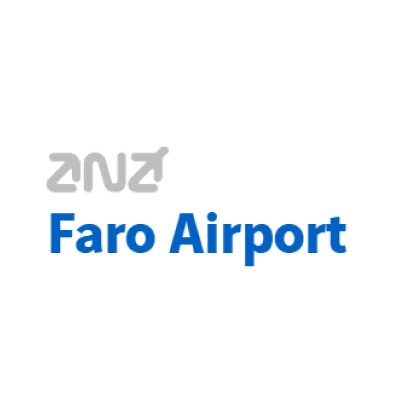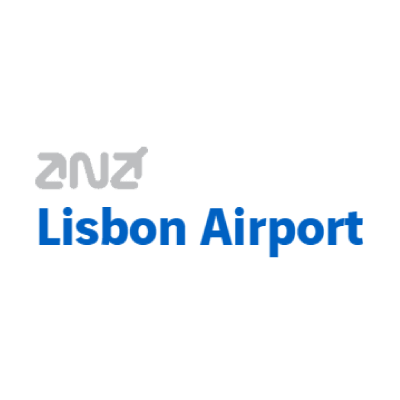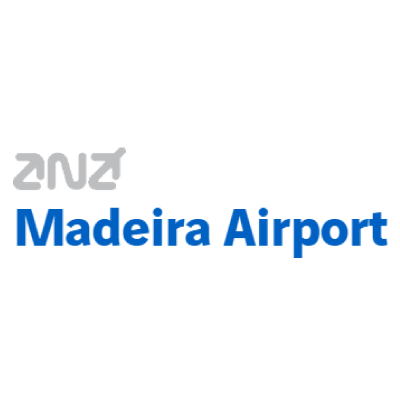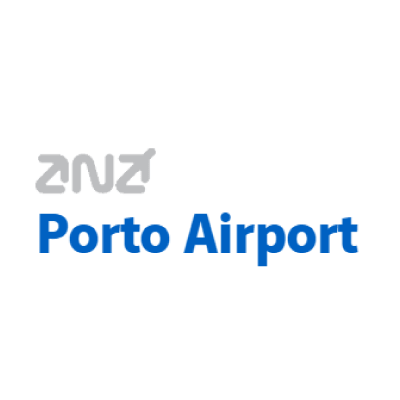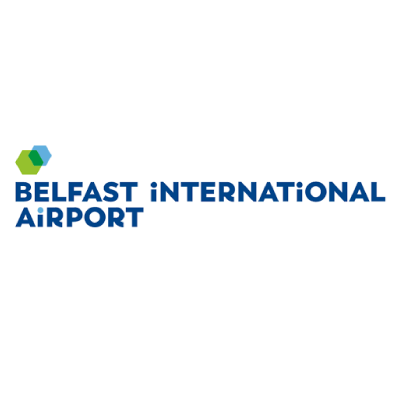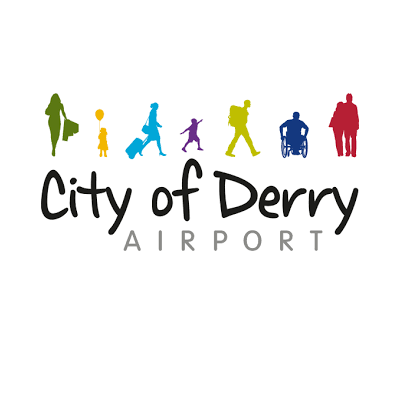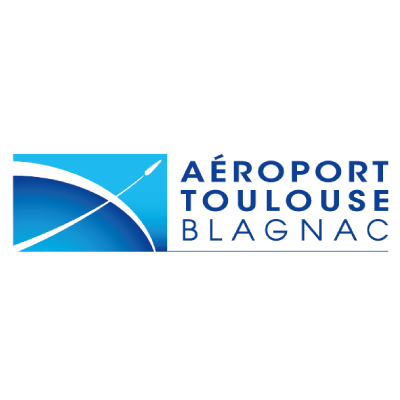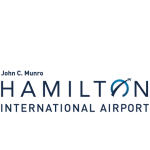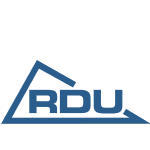The end of 2018 saw several challenges for the travel industry. While jet fuel and crude oil prices dropped for the first time in two years, these costs still represent a considerable and growing percentage of expenses for airlines worldwide, rising from 19.1% in 2016 to 24.2% in 2019. Meanwhile with ever-increasing congestion on the ground and in the air, planning difficulties prevent investment in necessary infrastructure.
However, airports continue to look forward in 2019, focusing on advanced technologies to improve passenger experience and meet increasingly complex service expectations. And there’s good news. The IATA suggests that:
“The solution does not lie in more complex processes or building bigger and bigger airports but in harnessing the power of new technology to move activity off-airport, streamline processes and improve efficiency.”
Technology is an exciting area for growth. The IATA predicts that the next 30 years are likely to be more turbulent than ever when it comes to technological innovation. 2018 was awash with buzzwords such as cyber security and blockchain, but what do the latest developments in technology really mean for airports in the year ahead?
Big Data, Big Deal
With much data in the hands of the airlines, airports still have work to do to get up to speed with other industry sectors. Software tools such as Rezcomm’s travel and parking solutions are invaluable in streamlining passenger experience, and in providing an opportunity for data capture. Travel and parking integrate seamlessly into the airport website, offering a straightforward, attractive customer interface. This data can be used to personalise customer experience, essential in today’s high-expectation marketplace. Benefits range from ancillaries and upselling through knowing the customer demographic to providing a smoother time at the airport. For example, data can be used to predict queues, meaning an airport can plan resources to keep lines short. If a long wait is predicted at security, more security staff can be deployed.
Cyber Security
With this expansion of digitalisation across the aviation industry, comes an increased threat from cyber criminals. As SITA’s CEO, Barbara Dalibard, explains:
“The importance of cybersecurity is well recognised, and airlines and airports are investing in building a solid security foundation. However, the number of cyber threats continues to grow exponentially every year, as does the sophistication of those threats.
“Given the complexity and integrated nature of the air transport industry, we need to move far quicker in establishing proactive defences to ensure we stay ahead of the game.”
As a result, data warehousing experts like Rezcomm have become vital to securing the data associated with aviation.
Artificial Intelligence – A No-Brainer
Artificial Intelligence (AI), robotics and machine learning are no longer futuristic; they’re here and they’re developing fast. According to research firm Markets and Markets, the AI market will grow from $16.06bn in 2017 to $190.61bn by 2025.
The appearance of chatbots on nearly every website demonstrates the impact and scale of this technology. Marketers already harness AI as a source of valuable user data, and with the potential for integration at every level of the operational infrastructure in the airport this is one trend that is gaining real air miles.
As with data collected through other software systems, it is important to implement a CRM system such as that offered by Rezcomm to use the data for optimum results. It’s what you do with it that counts!
Voice Technology
Another technology being snapped up by the travel industry is the voice-powered search. Since December 2017, passengers at London’s Heathrow Airport have been able to access information about their flight using voice-activation. The user says the word “Heathrow” out loud, followed by a flight number. The whole process is hands-free, allowing them to multi-task, potentially saving a lot of time. The customer will arrive at the terminal already feeling that they are having a positive, relaxing experience.
I, Robot
Geneva Airport launched its first trial of a customer service robot as far back as 2013. In 2015 KLM launched trials of its game-changing Spencer) robot at Amsterdam’s Schiphol Airport, and in 2017, LG released two robots, one designed as an airport guide and another specifically to clean airports. 2018 saw Munich Airport trial humanoid passenger-assistance robot, Josie Pepper and robotics expert Vanderlande is expanding to future-proof the scalability potential of robot technology for baggage handling as demand for these services increases.
Virtual Reality
Virtual reality (VR) offers passengers the opportunity to try before they buy. Again it’s not a new idea: Marriott Hotels was marketing honeymoon holidays using VR in 2014. More recently, airlines Lufthansa and Delta have engaged VR to allow customers to experience different cabin classes. May 2017 saw the first use of VR in training. By increasing the immersion of conventional training, traditional theory and practical training can be enhanced in a realistic environment – especially useful in airside operational training.
Smarter Security
The biometric market is growing, and with rising passenger numbers and concerns about security, biometric scanning provides a popular solution.
According to Samuel Engel, managing director of aviation at the consultancy ICF, biometrics may help tighten security and can be used to speed immigration, but it will be several more years before this technology is consistently able to speed passenger boarding, and the process will still be constrained by capacity in overhead bins.
One way to meet this challenge could be the complete automation of air border control by using face-scanning software. Concerns over data storage and personal privacy have yet to be resolved, but biometric technologies continue to develop, looking to strike a balance between a smooth passenger experience and infallible security.
Blockchain
Blockchain continues to make waves, but what exactly is it, and how will it drive change for the travel industry?
Samir Shah, Head of Market Intelligence at Travelport says:
“A blockchain is a distributed ledger of records arranged in data batches called blocks that use cryptographic validation to link themselves together. Put simply, each block references and identifies the previous block forming an unbroken chain…. the clever bit is that the ledger is not stored in a master location or managed by any particular body. Instead, it is said to be distributed, existing on multiple computers at the same time in such a way that anybody with an interest can maintain a copy of it.”
Blockchain was introduced in 2008 as a way of recording cryptocurrency transactions, but has potential across industries, streamlining payments, improving customer experience, boosting data security and removing counterparty risk. In the travel industry, it could be used, for example, to build a database of all the hotel properties in one city. Search companies would still be required to help users to find what they were looking for, but anyone would be able to find a hotel room using the blockchain, thereby increasing competition in the market rather than the market succumbing to distribution rates set by third party intermediaries.
Advances in Aircraft
Supersonic Flight
The International Paris Air Show 2017 saw the unveiling of Boom Supersonic’s new XB-1 aircraft prototype. Now, the firm has obtained the $100m funding for the next stage of its project to create a commercial aircraft that will fly at Mach 2.2, more than twice the speed of sound (that’s 1,451 miles per hour, beating Concord, which had a maximum speed of Mach 2.04/1,354mph).
The aircraft, which will have a range of 5180 miles, will produce a plane with 55 seats (Concorde’s cabin had 100 seats) that is more economical and “at least 30 times quieter” than Concorde.
Boom Supersonic was launched in 2014 by pilot and technology engineer Blake Scholl. Scholl believed that Concord’s demise had been largely due to the fact that the plane was simply too expensive to build and run. With improved technology and cheaper, lighter materials, Scholl knew he could build a supersonic plane that could fly passengers for little more than a standard business class fare.
In March 2017, Boom attracted $33 million from investors, and in just a few months the company saw demand for its supersonic craft rise to 76 planes. Buyers include “five world airlines”, including Richard Branson’s Virgin Galactic, which reserved the first 10 planes produced for $200 million each.
Boom expects to see the first record-setting passenger flights as early as 2023, cutting travel time between London and New York by around 4 hours to just 3 hours 15 minutes.
Electric aircraft
Supersonic isn’t the only technology driving change in airplane manufacture. Washington based Zunum Aero, backed by Boeing’s Horizon X and JetBlue Technology Ventures, hopes to have its hybrid electric aircraft in operation by 2022. The development of electric aircraft was considered hugely ambitious just a few years ago, but Zunum’s plane boasts an initial range of around 700 miles, extending to over 1,000 miles by 2030. The company believes that by routing more traffic to under-used regional and general aviation airports, and with much lower operating costs, its electric planes will make air travel more efficient and convenient.
Vertical take-off and landing
In April 2016, Uber announced plans to trial a fleet of electric aircraft with vertical take-off and landing (VTOL) capabilities in Dallas Fort Worth and Dubai by 2020. Uber also plans to make aviation ride sharing and “on-demand urban aviation” a reality. The San Francisco-based technology company has announced partnerships to develop Uber Elevate for 2023.
At a White House workshop on Drones and the Future of Aviation, NASA Associate Administrator for the Aeronautics Research Mission Directorate Jaiwon Shin, says:
“Air-taxi[s will] combine electric propulsion, autonomy, vertical lift and many other communication and navigation capabilities. Fully autonomous air- taxi…operations, especially in very populated and heavy traffic…areas, I think it’s an exciting possibility. So when we converge all these capabilities… a lot of new chapters in aviation are possible… it’s a dawn of a new era in aviation.”
What does this mean for airlines and airports?
It’s logical that the advantage of much faster flight times will allow airlines to win competitors’ most profitable premium passengers. These airlines could also benefit from a “halo effect,” increasing share on standard routes, as customers may prefer to earn loyalty points with carriers who offer supersonic.
At the moment, services between carriers are relatively undifferentiated. Supersonic will offer a dramatically more attractive product that shifts the competitive landscape.
Learning from the automotive industry
It’s always tempting to dismiss radical developments as futuristic, or to play down their short to medium-term impact on the air transport industry. However, lessons can be taken from parallel sectors, in particular the rise of the electric vehicles market within the auto industry.
Seven years ago, the electric car market was almost non-existent. Only a few years ago, a number of features of the new Tesla Model 3 were dismissed as futuristic, yet according to the International Energy Agency (IEA), the number of battery-powered cars on the roads worldwide increased by 60% in 2016, to around 2 million. The IEA estimates that by 2030, the number of electric cars in use could be as high as 140 million. Tesla’s 2017 model S has a 335-mile-plus range and enhanced autopilot feature, paving the way for a fully autonomous car.
If air travel does undergo a technology revolution, the impact on the stakeholder will be significant. Airlines will be forced to rethink their role within the commercial travel sector, and fleet modernisation plans will need adapting. Airports will have to accommodate new types of aircraft, and security strategies will need to be designed to counter the potential threats posed by aircraft that don’t require a traditional airport or runway. This was already foreshadowed at Christmas 2018 with the drone disruption at Gatwick Airport.
Digital, technological and engineering advancements are reshaping almost every industry at an unprecedented rate, and while predictions of an air travel industry-wide overhaul are sometimes met with scepticism, it is clear that air transport will look very different in as little as 10 years.
While technology will remain a constant disruptor in the travel industry for the foreseeable future, many familiar trends remain from one year to the next. After all, the integration of new technology is still motivated by improving customer experience, which is a long-term goal of every airport.
Rezcomm has many satisfied clients in the air travel industry. If you would like to talk to us about how we can help today and in the future, contact us for a chat.

